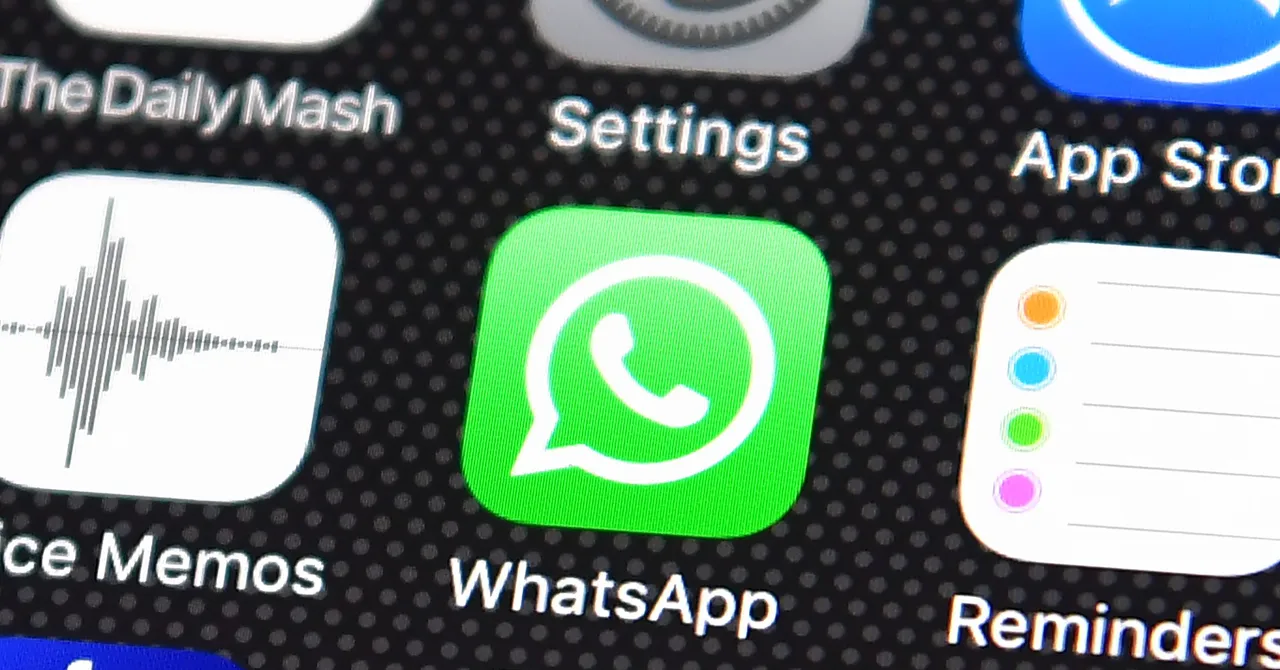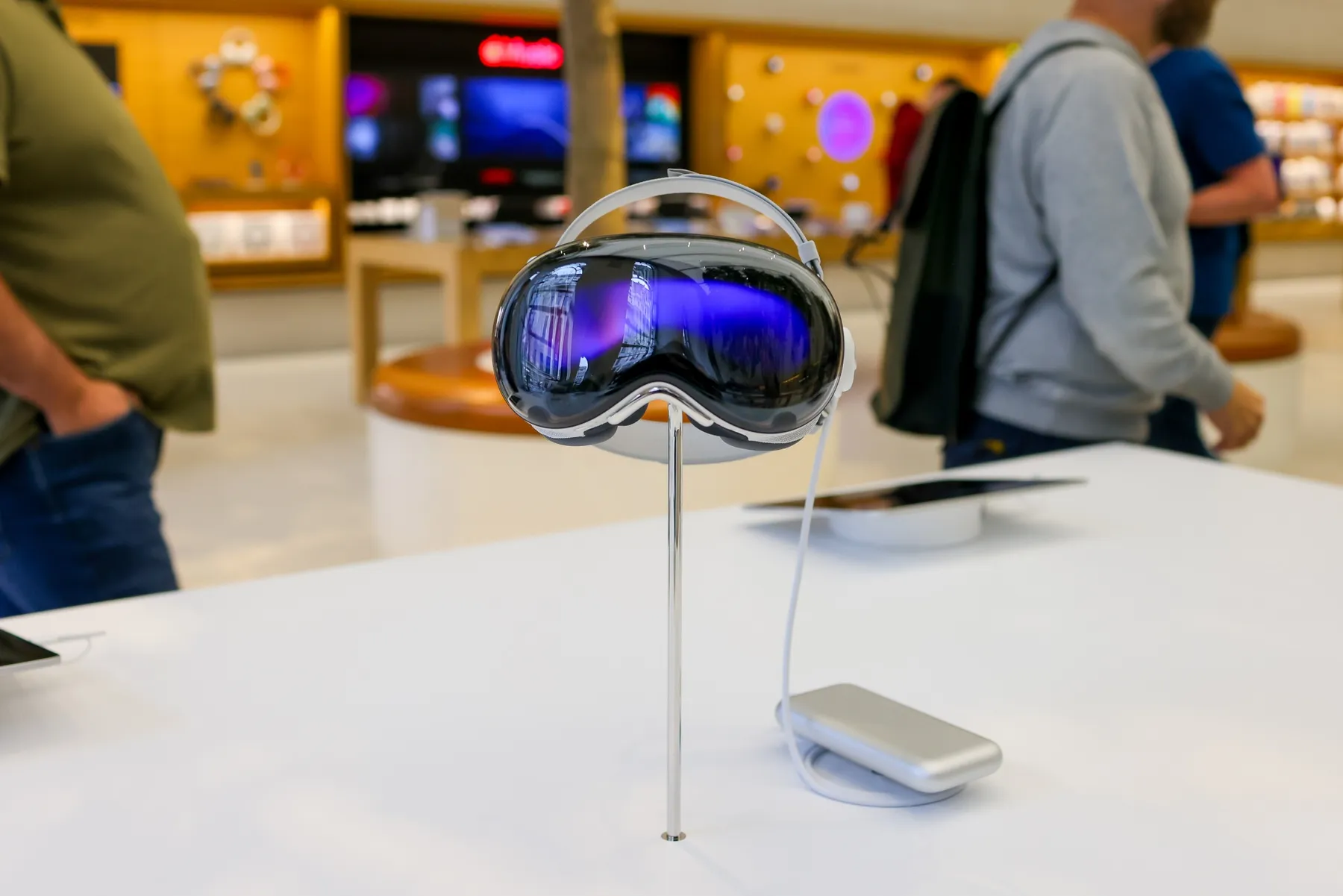In a significant move to bolster user safety and combat the pervasive issue of fake profiles and romance scams, Tinder, the world’s most popular dating app, has officially rolled out mandatory facial recognition checks for all new users in the United States, commencing with California. This critical update, which went into effect on Monday, July 1, 2025, marks a pivotal moment in the platform’s ongoing efforts to create a more trustworthy and authentic online dating environment.
Key Takeaways:
- Tinder has made facial recognition mandatory for new users in the US, starting with California.
- The “Face Check” feature requires a short video selfie during signup to verify identity.
- This initiative aims to combat bots, impersonation, and romance scams.
- Users who complete the verification receive a blue checkmark on their profile.
- Tinder stores an encrypted face map to detect duplicate accounts, but selfie videos are deleted.
- The rollout follows successful pilots in Colombia and Canada.
- Privacy concerns surrounding biometric data collection are being addressed by Tinder’s data retention policies.
The decision to implement mandatory facial recognition, known as “Face Check,” comes as dating apps globally grapple with a surge in fraudulent activities, including “catfishing” and sophisticated romance scams that have collectively cost victims millions of dollars. By integrating this technology, Tinder aims to provide a clearer assurance that users are connecting with genuine individuals.
The Mechanism of “Face Check”
The “Face Check” process is straightforward, designed for ease of use while maintaining robust security. When a new user signs up in California, they are prompted to take a short video selfie. This video is then analyzed by an underlying technology called FaceTec, a third-party provider specializing in biometric authentication. The technology performs several crucial checks:
- Liveness Detection: It verifies that the person taking the selfie is a real, live individual and not a bot or an attempt to use a static image or deepfake.
- Photo Matching: The system compares the face in the video selfie to the photos uploaded to the user’s Tinder profile. This helps confirm that the person behind the account is the same person depicted in their profile pictures.
- Duplicate Account Detection: Tinder also uses an encrypted face map derived from the video selfie to check for the presence of multiple accounts associated with the same facial geometry. This is a direct measure to prevent users from creating numerous fake profiles.
Upon successful completion of the “Face Check,” the user’s profile receives a blue checkmark, a visual indicator to other users that their identity has been verified. This badge aims to foster greater trust and transparency within the Tinder community. Tinder clarifies that while the selfie video itself is deleted immediately after the verification process, an encrypted face map is retained for the lifetime of the user’s account to prevent the creation of duplicate profiles. This data retention policy is a point of ongoing discussion among privacy advocates, though Tinder asserts its commitment to user privacy.
The Impetus for Mandatory Verification: Battling Online Fraud
The landscape of online dating has been significantly marred by deceptive practices. Romance scams, where perpetrators cultivate emotional relationships with victims to extract money, have become a global menace. The U.S. Justice Department and FBI reported over 64,000 American victims of romance scams in 2023 alone, with dating apps often serving as fertile ground for these illicit activities. High-profile cases, such as the one depicted in the Netflix documentary “Tinder Swindler,” underscore the devastating financial and emotional toll these scams inflict.
Tinder, owned by Match Group, has been at the forefront of efforts to mitigate these risks. While photo verification has been an existing feature on Tinder, it was previously optional. The transition to mandatory “Face Check” for new users signals a more aggressive stance against fraud and impersonation. Yoel Roth, Match Group’s Head of Trust and Safety, emphasized that “Face Check is really meant to be about confirming that this person is a real, live person and not a bot or a spoofed account.”
The California rollout is a strategic decision. The state’s considerable population, diverse demographics, and robust online safety and privacy laws make it an ideal testing ground for a widespread implementation. Tinder aims to observe user response and the effectiveness of the feature within this environment before considering a broader expansion across other US states. This phased approach allows the company to fine-tune the system and address any unforeseen challenges.
Broader Context: Identity Verification in Online Spaces
The move by Tinder is part of a larger trend across various online platforms to enhance identity verification, driven by increasing concerns over authenticity, security, and accountability. Social media platforms, e-commerce sites, and financial services are all exploring or implementing stricter verification protocols to curb fraudulent activities, harassment, and the spread of misinformation.
For dating apps specifically, the stakes are particularly high. The personal nature of interactions on these platforms means that misrepresentation can lead to not only financial losses but also emotional distress and, in extreme cases, physical harm. Therefore, robust identity verification measures are seen as crucial for building a safer and more reputable online dating ecosystem.
It is important to differentiate Tinder’s “Face Check” from its “ID Check” feature. While “Face Check” focuses on liveness and likeness to profile photos, “ID Check” involves users uploading a government-issued identification document, such as a driver’s license or passport, to verify their age and identity. Users who complete both “Face Check” and “ID Check” receive a comprehensive verification badge on their profile. This layered approach to verification aims to provide a higher degree of assurance to users.
User Experience and Privacy Considerations
The introduction of mandatory “Face Check” will undoubtedly impact the user experience, particularly for new sign-ups. The additional step in the registration process might deter some potential users, but for many, the promise of a more secure environment will likely outweigh the minor inconvenience. Public discussions on platforms like Reddit and X (formerly Twitter) indicate a mixed reaction, with a general consensus that while the intention is good, privacy implications remain a concern.
Tinder has taken steps to address privacy concerns. The company states that the selfie video is deleted promptly, and the encrypted face map is solely used for duplicate account detection and maintaining the verification badge. They do not “store or extract” other data from the ID, such as address or ID number, during the “ID Check” process. Users also have the option to request deletion of certain retained data by closing their account.
However, privacy advocates continue to raise questions about the long-term storage of biometric data, even in encrypted form. The potential for data breaches, even with robust security measures, is a constant concern in the digital age. Furthermore, the accuracy of facial recognition technology, particularly across diverse demographics, remains a subject of ongoing research and debate. While Tinder’s chosen provider, FaceTec, is recognized for its anti-spoofing capabilities and accuracy, the industry as a whole is working to mitigate biases that can affect certain groups.
The implementation of “Face Check” in California serves as a crucial test case for how these privacy concerns are managed and how users adapt to the new verification paradigm. Tinder’s communication around its data handling practices will be key to building and maintaining user trust.
The Path Forward for Online Dating
Tinder’s move sets a precedent for the broader online dating industry. As technology evolves, so too do the methods employed by those seeking to exploit others. The proactive adoption of advanced security features like mandatory facial recognition is becoming increasingly essential for platforms that facilitate personal connections.
The goal is not just to prevent scams but to foster a culture of authenticity. When users feel confident that the profiles they interact with are real people, it elevates the quality of interactions and can lead to more meaningful connections. This shift toward verified identities could help restore some of the trust that has been eroded by years of fraudulent activity and misinformation online.
As Tinder monitors the results in California, other dating apps will be watching closely. The success of this initiative could lead to a widespread adoption of similar mandatory verification processes across the industry, fundamentally changing how people engage with online dating platforms. This would mark a significant step towards creating safer, more reliable digital spaces for individuals seeking companionship.
Frequently Asked Questions (FAQs)
Q1: What is Tinder’s “Face Check” feature?
A1: “Face Check” is Tinder’s mandatory facial recognition verification process for new users. It requires users to take a short video selfie to confirm they are a real person and that their face matches their profile photos.
Q2: Is “Face Check” mandatory for all Tinder users in the US?
A2: As of July 1, 2025, “Face Check” is mandatory for all new users signing up for Tinder in California. Tinder is observing its performance in California before considering a wider rollout across other US states.
Q3: What technology does Tinder use for facial recognition?
A3: Tinder utilizes FaceTec, a third-party technology provider, for its “Face Check” feature, focusing on liveness detection and biometric matching.
Q4: How does “Face Check” help prevent fake profiles and scams?
A4: “Face Check” verifies that a user is a real person, not a bot, and that their profile photos accurately represent them. It also generates an encrypted face map to detect if a user attempts to create multiple accounts, directly combating impersonation and fraud.
Q5: What happens to my video selfie and biometric data after “Face Check”?
A5: Tinder states that the video selfie is deleted immediately after the verification process. An encrypted face map is retained for the lifetime of your account to prevent duplicate profiles and maintain your verification badge.
Q6: What is the difference between “Face Check” and “ID Check”?
A6: “Face Check” verifies liveness and likeness to profile photos using a video selfie. “ID Check” is an optional, additional step where users upload a government-issued ID (like a driver’s license or passport) to verify their age and identity more thoroughly.
Q7: Will existing Tinder users need to complete “Face Check”?
A7: Currently, “Face Check” is mandatory for new users in California. Tinder has not announced plans to make it mandatory for existing users, though existing users can opt-in for photo verification and ID verification.
Q8: What are the privacy implications of Tinder’s facial recognition?
A8: Privacy concerns revolve around the collection and storage of biometric data. Tinder states it deletes the video selfie and uses an encrypted face map only for specific security purposes, emphasizing its commitment to user privacy and data security.








